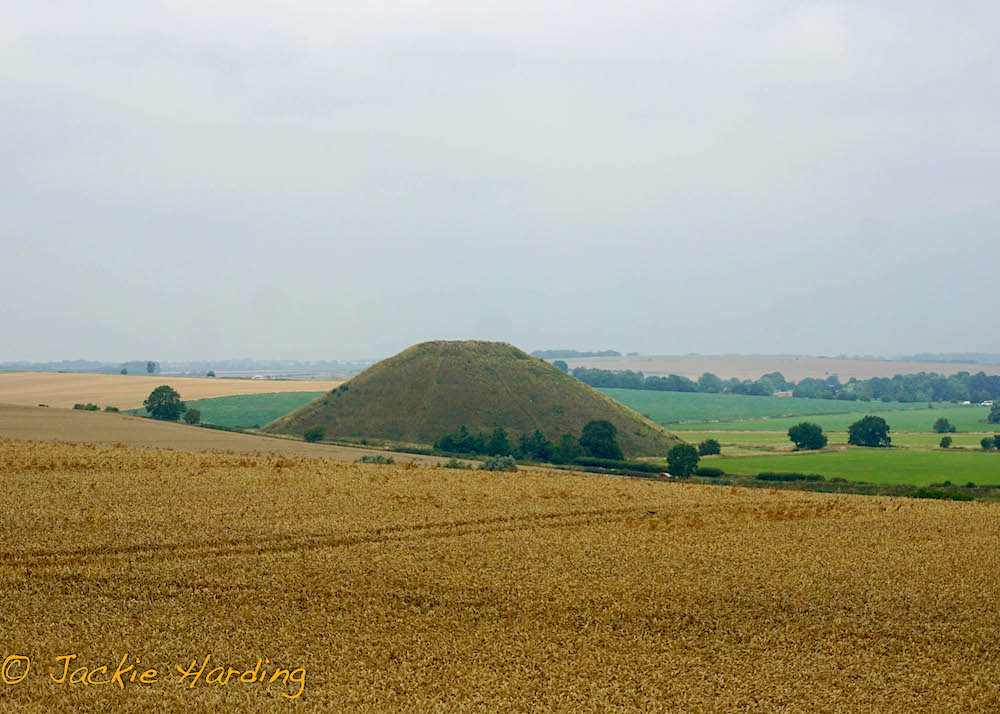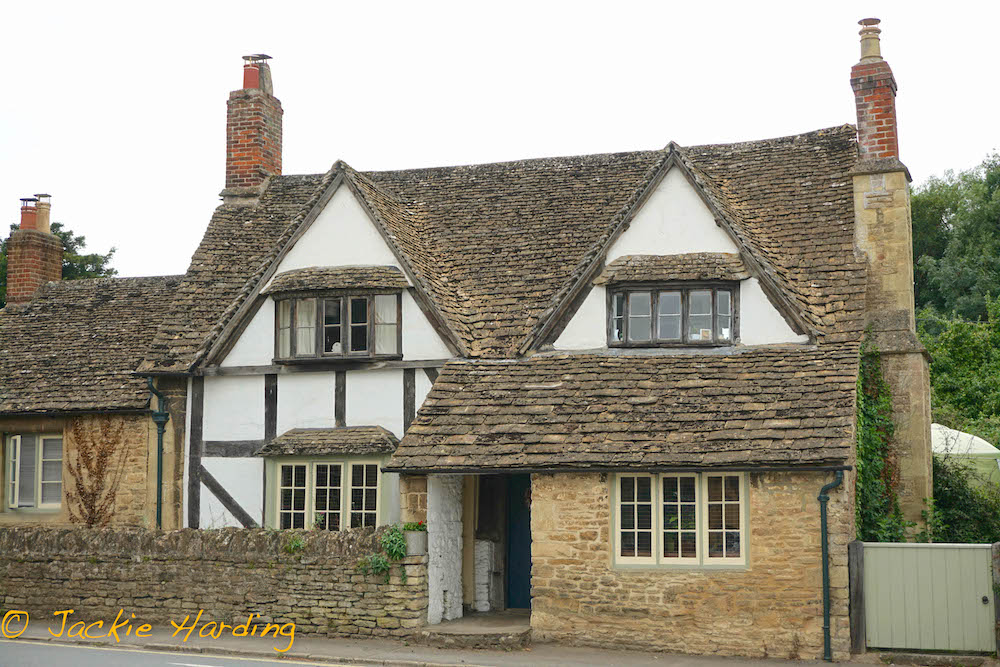The southwest of England has some super places to visit, such as the Roman city of Bath, the vibrant university city of Bristol and the ancient city of Salisbury, which is close to Stonehenge. However, if you want to get out of the cities and see some of the countryside then “Yertizz” (here it is) as they say in these parts. Wiltshire is the county to explore.
Once part of the ancient kingdom of Wessex, Wiltshire hosts some of the country’s most famous Neolithic sites, such as Stonehenge, and has seen the feet of Bronze Age tribes and Romans walk its rolling chalk downland.
The county is famous for its ancient sites but it also is home to some of the cutest villages the UK has to offer, superb historic homes, and the Kennet and Avon canal, along with its famous chalk horses carved into the hillsides.

Avebury
Stonehenge is probably one of the UK’s most famous icons and most visited tourist destinations outside of London. But if you want to actually touch ancient Neolithic stones, the World Heritage Site of Avebury is the place.
The stone circle is the biggest stone circle, or henge, in the world and was created roughly between 2850 BC and 2200 BC. The circle encloses some of the small village of Avebury, creating a feeling of being part of history as you walk around it.
Entry cost: Free (Parking 7 pounds for a day ticket)
Also in the area:
• The National Trust’s Alexander Keiller Museum houses many of the artifacts that Keiller, an archeologist in the 1930’s, discovered as he explored the site.
Entry cost ~ Adults £5.60 (National Trust members are free).
• Avebury Manor, once home to Keiller, is now owned by the National Trust and was recently a project of a BBC TV program, “The Manor Reborn,” as they renovated and redesigned the 16th century manor. One of the unique things about the manor is that you can sit in the chairs, lie in the bed or even play snooker. So it is a great place to take inquisitive children.
Entry cost ~ Adults £12.30 (National Trust members are free).

Silbury Hill and West Kennet Longbarrow
Not far from Avebury (you can walk the 1.5 miles between standing Neolithic stones, along what is known as the West Kennet Avenue) is the mysterious Silbury Hill. As high as some of Egypt’s pyramids, it is the largest manmade mound in Europe.
It dates from 2400BC and its purpose remains unknown. There is no access onto the hill but there is a viewing area with free parking.
West Kennet Longbarrow is 0.6 miles walk from Silbury Hill and is a Neolithic tomb built in 3650BC. The short walk through a field gives you an impressive view of Silbury Hill and the Wiltshire countryside.
Entry cost ~ free.
Also in the area:
• Nearby to Avebury is the lovely market town of Marlborough, where you can find places to eat and stores to browse.
Lacock
This cute, unspoiled village was founded in the 13th century and fulfills everything on your “quintessential English village” checklist.
The original Lacock Abbey became a home in the 16th century and was once home to William Henry Fox Talbot who made what was, maybe, the first photographic negative in 1835. Now owned, as is the entire village, by the National Trust, you can visit Lacock Abbey and its adjoining Fox Talbot museum.
Entry cost for both museum and abbey ~ 16 pounds for adults (National Trust members are free.)
The photogenic village is well worth a wander around, but I recommend you go early morning or late afternoon if you want to take photos and avoid the busloads of tourists! Lacock has become a “celebrity” following several movies and TV shows being filmed here.
Top of the list are some scenes from the Harry Potter movies and “Fantastic Beasts,” along with “The Other Boleyn Girl.” The BBC has also filmed “Pride and Prejudice,” “Cranford,” “Moll Flanders” and “Wolf Hall” here.

Castle Combe

Another lesser-known picturesque village is Castle Combe and it is often called “The prettiest village in England.”
The castle is no more, but the town prospered in the 15th century due to the woolen industry. It remains a sleepy little village with a small church and adorable cottages built from the mellow honey-coloured Cotswold stone.
There are walking trails to follow through the countryside before you have afternoon tea at a couple of tearooms, or a beer at the White Hart or the Castle Inn.
The classic photo shot is a short walk down the main street to the bridge, where looking back towards the church and market cross you will take a snap that millions of others over the years have also taken.
Also in the area:
• The five star hotel The Manor House offers an upscale hotel experience.
• The nearby Castle Combe Circuit offers auto racing events and experiences. Castle Combe has also found itself on the movie buffs radar as the original “Doctor Doolittle” movie (1967) was filmed here, as was the more recent “War Horse.”
Parking is on the edge of the village.

White Horses
If horses are your thing, Wiltshire has its very own breed … giant horses carved into the chalk hillsides. The oldest, Westbury White Horse, was carved in 1778 and the most recent, Devizes, was carved to celebrate the Millennium. There are at least eight horses to see as you explore Wiltshire.
Kennet and Avon Canal
Navigating a “narrow boat” along the Kennet and Avon Canal is a popular vacation experience. The entire waterway starts in Bristol and ends in the Thames near Reading, Berkshire.
But the trip from Bath, Somerset to Newbury, Wiltshire is quite an adventure with many locks to manually open and close enroute. Whether you are afloat or just want to walk along the quiet towpaths, the canal offers an alternative to busy roads and tourist traps.

Devizes
The nearby medieval town of Devizes is the home to a well-established local brewery, Wadworths, which delivers the beer in town with Shire horses, the Wiltshire Museum and a host of stores and places to eat. Centrally placed, it is a great spot from which to tour.

Stately Homes and Museums
There are many delightful manors and stately homes to explore in Wiltshire, from the little known Corsham Court, Wilton House, the stunning gardens of Stourhead to the famous house and safari park of Longleat.
Museums cover subjects from the birth of the steam railway at the Swindon Railway museum to the Roman Baths in Bath, with local museums covering Wiltshire’s heritage in between.
Wiltshire is a county filled with beauty and history and if you dare wander off the tourist path you will find some picturesque settings and some great places to stop and appreciate one of the ancient counties of England.
 About the author:
About the author:
Jackie Harding was born in the United Kingdom. As a longtime expat, she’s lived in Boston for 12 years, and in the Netherlands for the past eight years.
Trained as a nurse in the U.K., she worked for nine years in the United States for as a special education teacher’s assistant. Since moving to the Netherlands, she has discovered writing and photography.
Writing for Dispatches since 2016, Jackie has written about her travels around Europe as well as about expat life and issues.
She also covered Women’s March Amsterdam.
She’s married to British businessman Martin Harding and is the mother of two international adult children.
You can read more of Jackie’s work for Dispatches here
Photographer/writer Jackie Harding was born in the United Kingdom. As a long-time expat, she lived in Boston for 12 years and in the Netherlands for the past 10 years.
Trained as a nurse in the U.K., she worked for nine years in the United States as a special education teacher’s assistant. Since moving to the Netherlands, she has discovered writing and photography.
Contributing to Dispatches since 2016, Jackie has written about her travels around Europe as well as about expat life and issues.
She also covered the Women’s March Amsterdam.
She’s married to British businessman Martin Harding and is the mother of two international adult children.
















